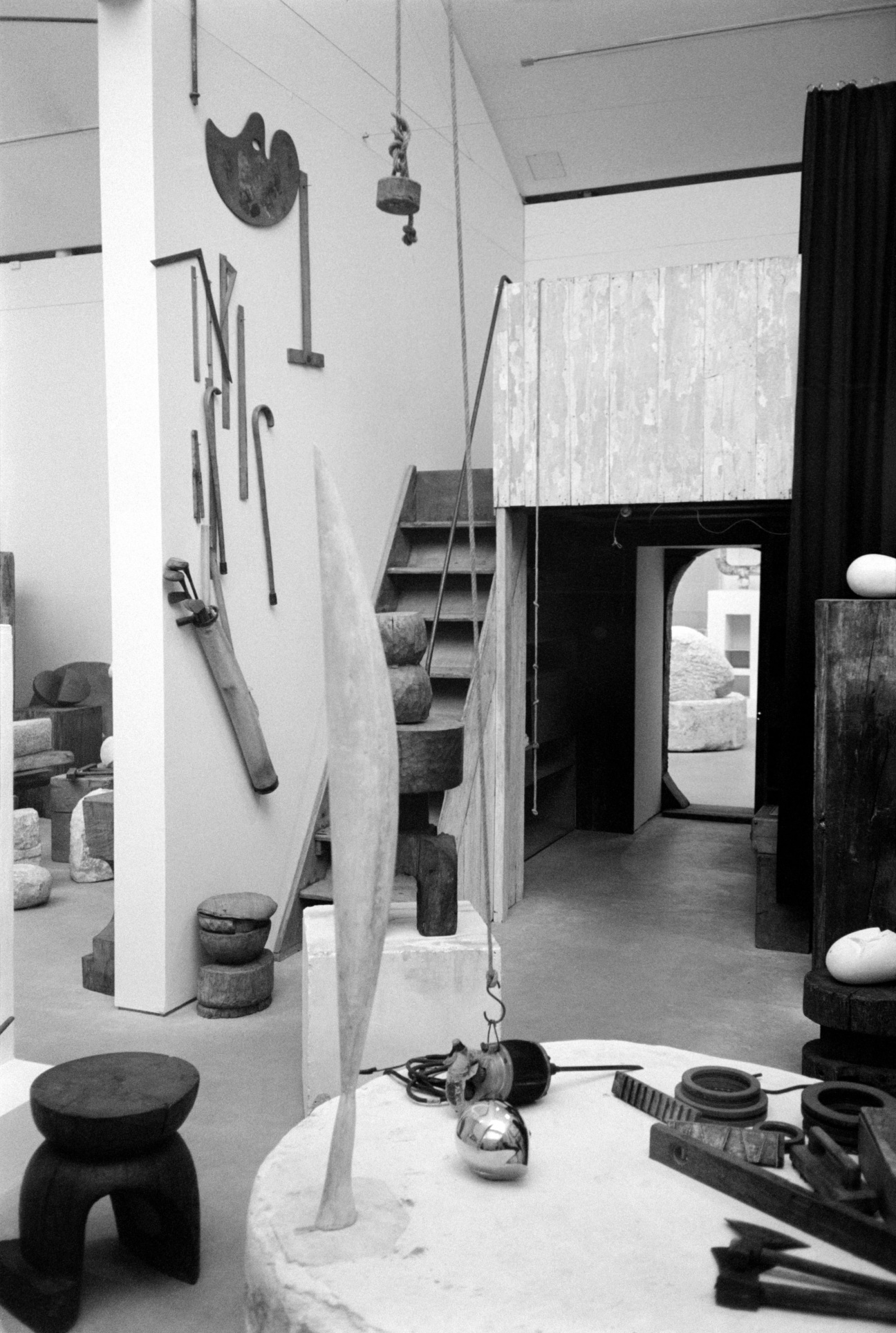
Long before he fronted R.E.M., Michael Stipe was already creating images. Photography was his first medium—one that channelled the qualities (observation, obsessiveness, quietness) less often associated with a life in music. Though he’d later come to define a generation as the face of one of the most influential bands in American rock history, an entirely different kind of lyricism emerges in Stipe's visual work: something more fragmentary, tactile, and unguarded.
This year, Stipe's photography is on view at Jackson Fine Art's booth during AIPAD, the longest-running fair dedicated to photography worldwide. The fair, which fills the Park Avenue Armory's cavernous main hall with work that interrogates the function and form of the medium, will also play host to a series of incisive conversations among practitioners, critics, and curators. As part of this slate of programming, Stipe will sit down with Drew Sawyer, The Whitney's Sondra Gilman Curator of Photography. Ahead of their live conversation, the pair took a moment to reflect on the entanglements between their respective practices for CULTURED.
For Stipe, a core tenet of artmaking is a resistance to confinement—to a single medium or discipline. The artist traces his work across photography, video, sculpture, and bookmaking, assembling constellations of memory and intuition, often drawing from personal archives and ephemeral moments. Sawyer, for his part, sees this insistence on presenting work that revels in complexity as crucial source material for a practice dedicated to the mystery and spontaneity of daily life. Here, the pair explores the deep ties between wonder and the mundane; music and the visual arts; and memory and the present moment.
CULTURED: Drew, what aspects of Michael’s work are particularly compelling to you?
Drew Sawyer: Michael approaches his photographic practice and art in a manner similar to his music—drawing upon his own experiences and the world [around him], including politics, while resisting the urge to provide simple meanings or messages. I appreciate his refusal to adhere to medium specificity, working across photography, video, ceramics, sculpture, and bookmaking. For me, Stipe’s work is about evoking emotion through whatever medium he works in. Perhaps this comes from being a musician—I think music is often more associated with the production of affect than the visual arts, especially photography.
CULTURED: Michael, what do you see as the difference between having a unique voice as a musician and a unique eye as a visual artist?
Michael Stipe: I don't feel that the two mediums are that different, but my voice in both is very distinguishable from others'. My artwork explores long-asked questions, particularly about wonder and the mundane, through my own particular slant.
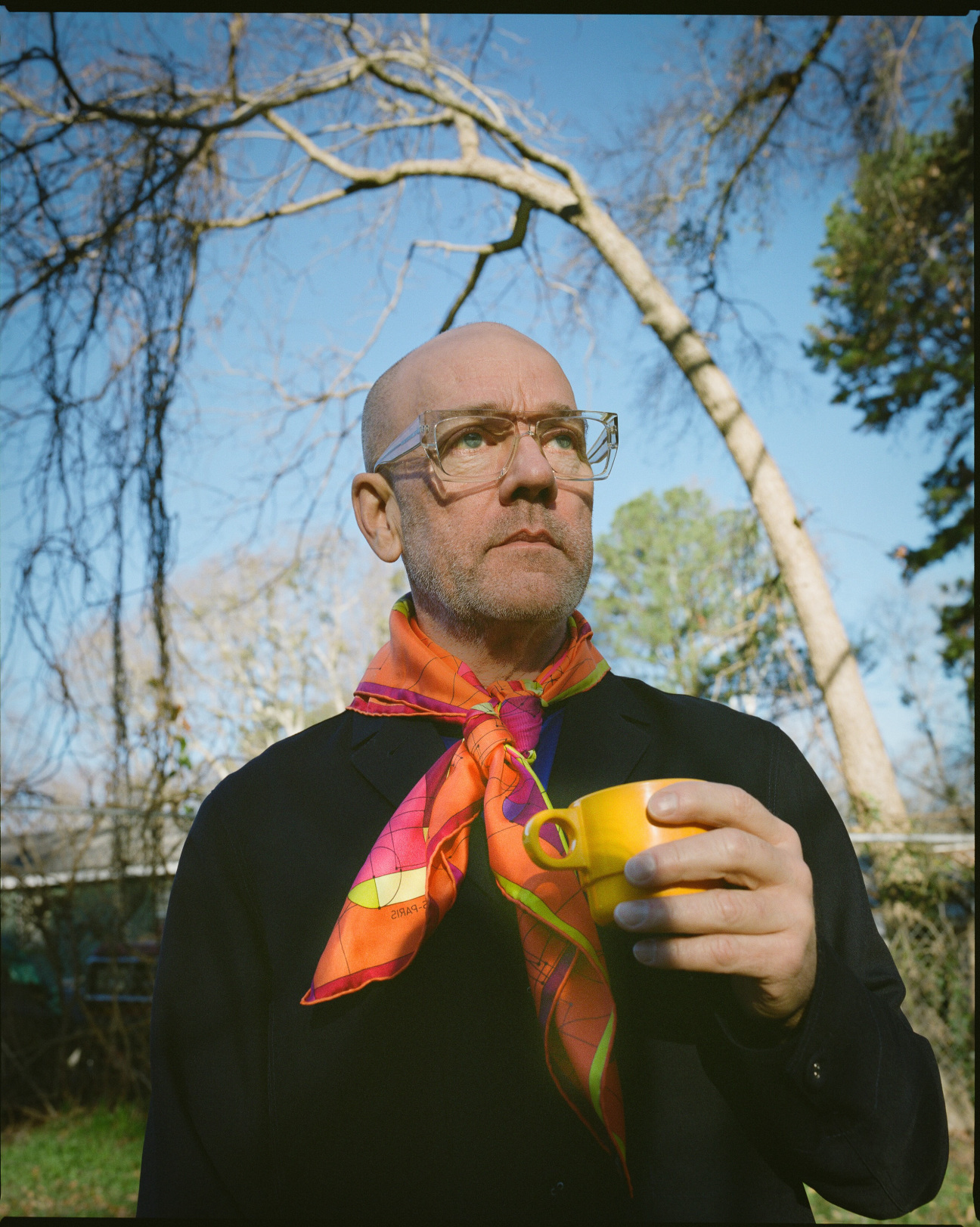
CULTURED: Drew, how does Michael’s work embody or challenge the spirit of contemporary photography?
Sawyer: So many of Michael’s photographs seem to be about memory, in part because they document people and moments from his own life. Of course, memory is central to our conception of photography—we know that the things depicted in are always those “that-have-been,” to quote the French theorist Roland Barthes. Barthes argued that photography’s unique power lies in its ability to fix a moment in the present, creating a connection between the viewer and the past. But that moment is always abstracted, a fragment that provides little context or information, much like our own memories. I also appreciate how Michael uses his photographs as jumping-off points for works in other mediums.
CULTURED: Has your work in visual arts—film, photography, sculpture—contributed to your longevity as an artist? Does it add dimension to your musical career that your musician peers might not have had?
Stipe: I realized when in my twenties that all actors—every single one of them—want to be singers, musicians. There is a special skill and sacrifice to interpreting the work of others (filmmaking, acting)—it is collaborative, but that creative experience exists in the moment, and later it becomes something else altogether. As a songwriter, you create and shape your work. The final cut is yours, the decisions are yours. It's a lot harder than it looks, pop music. In my case, photography came first, at age 14—music was just the thing that took over with much more force. I was lucky to work alongside co-conspirators who had immense passions across mediums. This brought with it a great self-taught education in the arts, and also in the business of the arts.
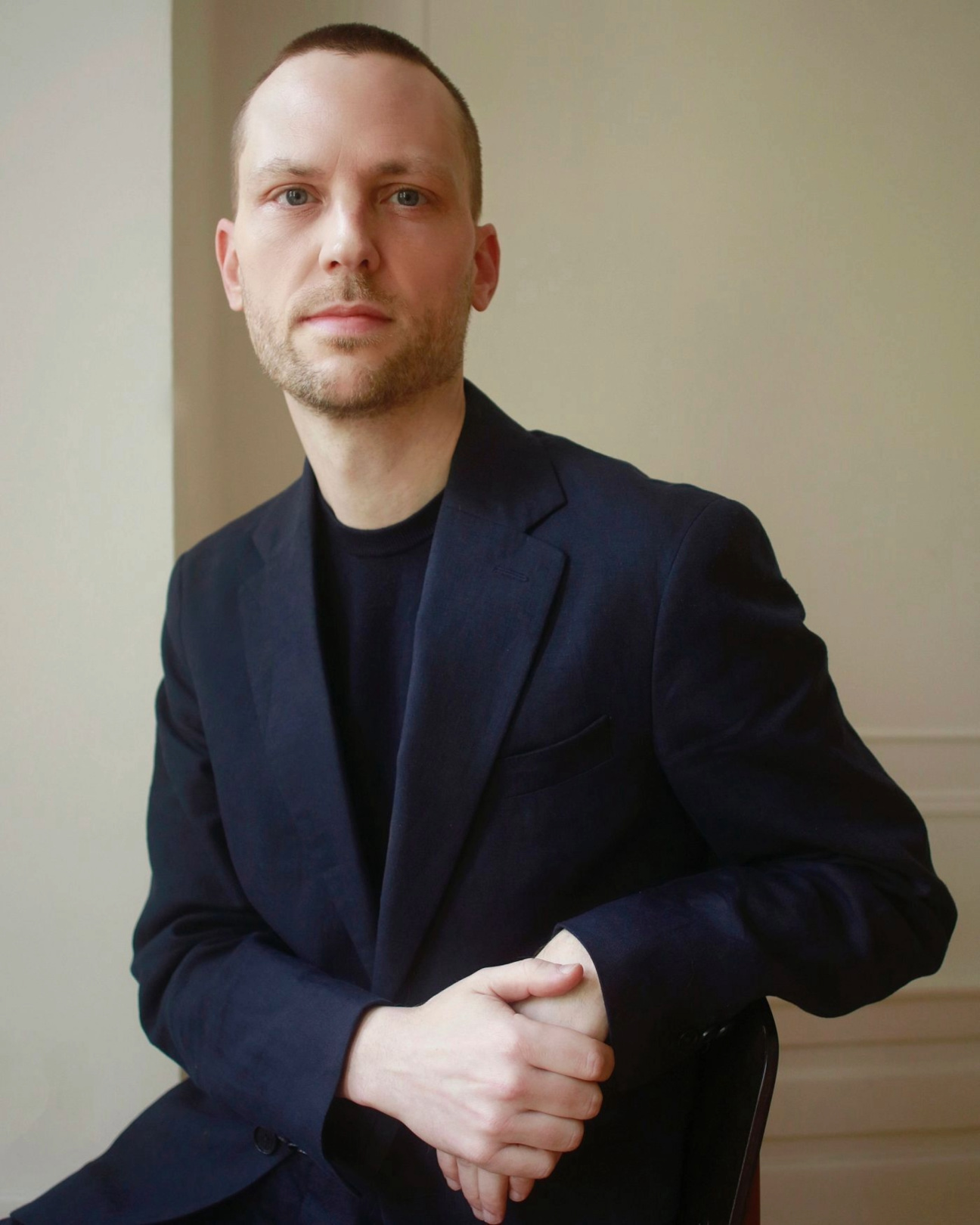
CULTURED: Drew, what do you see as the most urgent questions that photography should be answering today?
Sawyer: I’m not sure photography should or even can answer any questions, but I do think photographers should be asking questions. For over a century, many artists and photographers have challenged dominant modes or conventions of image making, including the institutions, social practices, and technologies connected to photography, from the uses of the medium by colonial powers, nation states, and corporations to shape the way we understand and live in the world. How are artists and photographers thinking about the impact of social media and AI on the medium today? For example, while artists and academics have questioned for decades the true value of photography, which has had implications on the uses of photography by those in power, AI means that even wider public no longer necessarily sees a direct link between photography and the external world. What are the implications of this culturally?
CULTURED: Michael, what are the primary questions you’re asking yourself in your work at the moment?
Stipe: How do we find joy and light in difficult times? What purpose does art serve during crises? How does my work feed a progressive push towards a more equitable future?

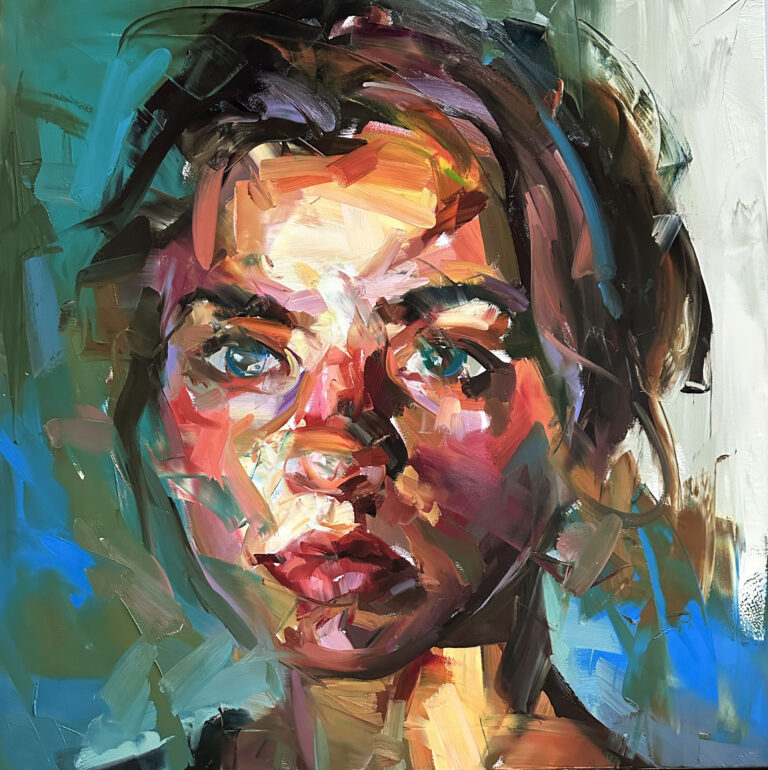

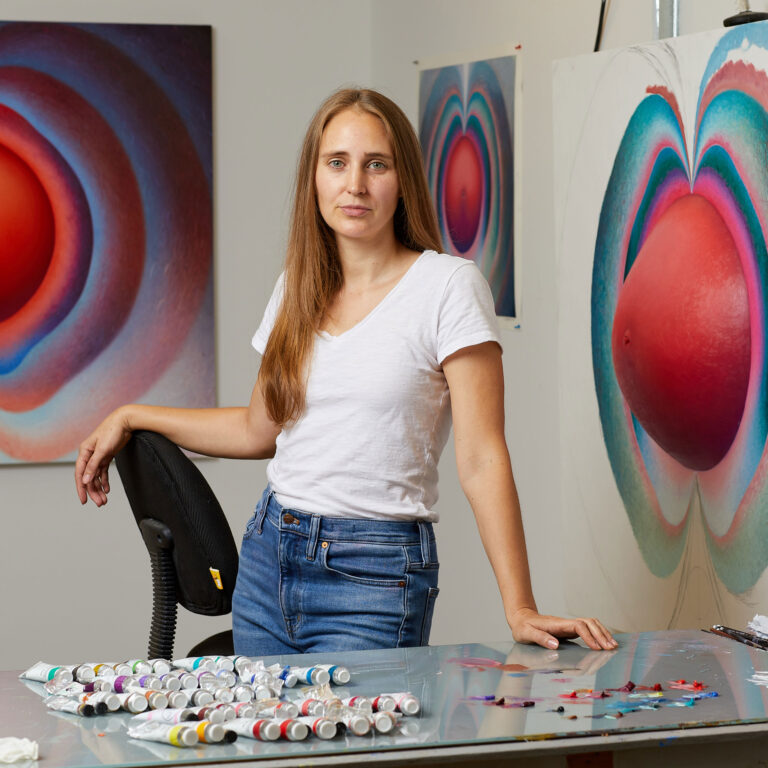
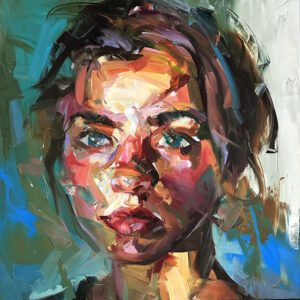
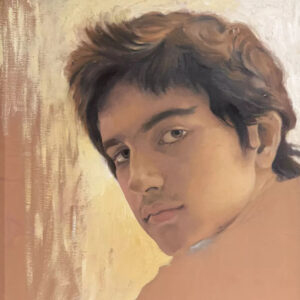
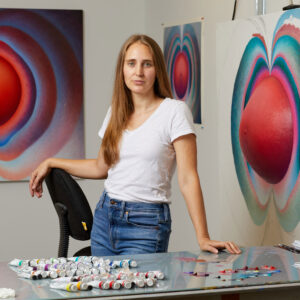



 in your life?
in your life?

